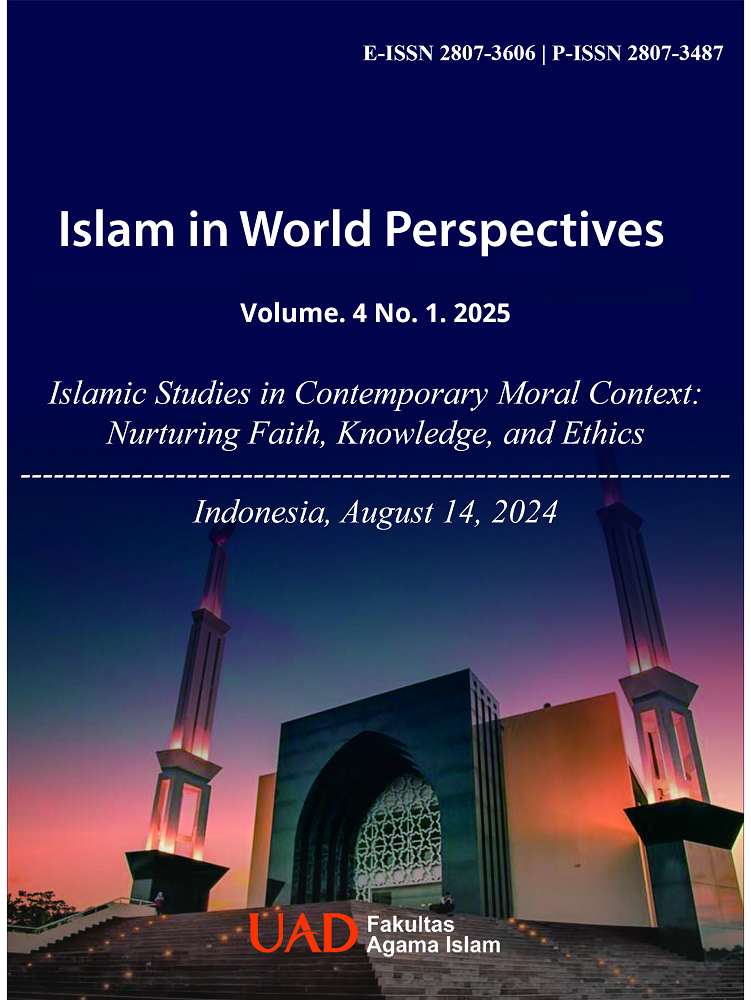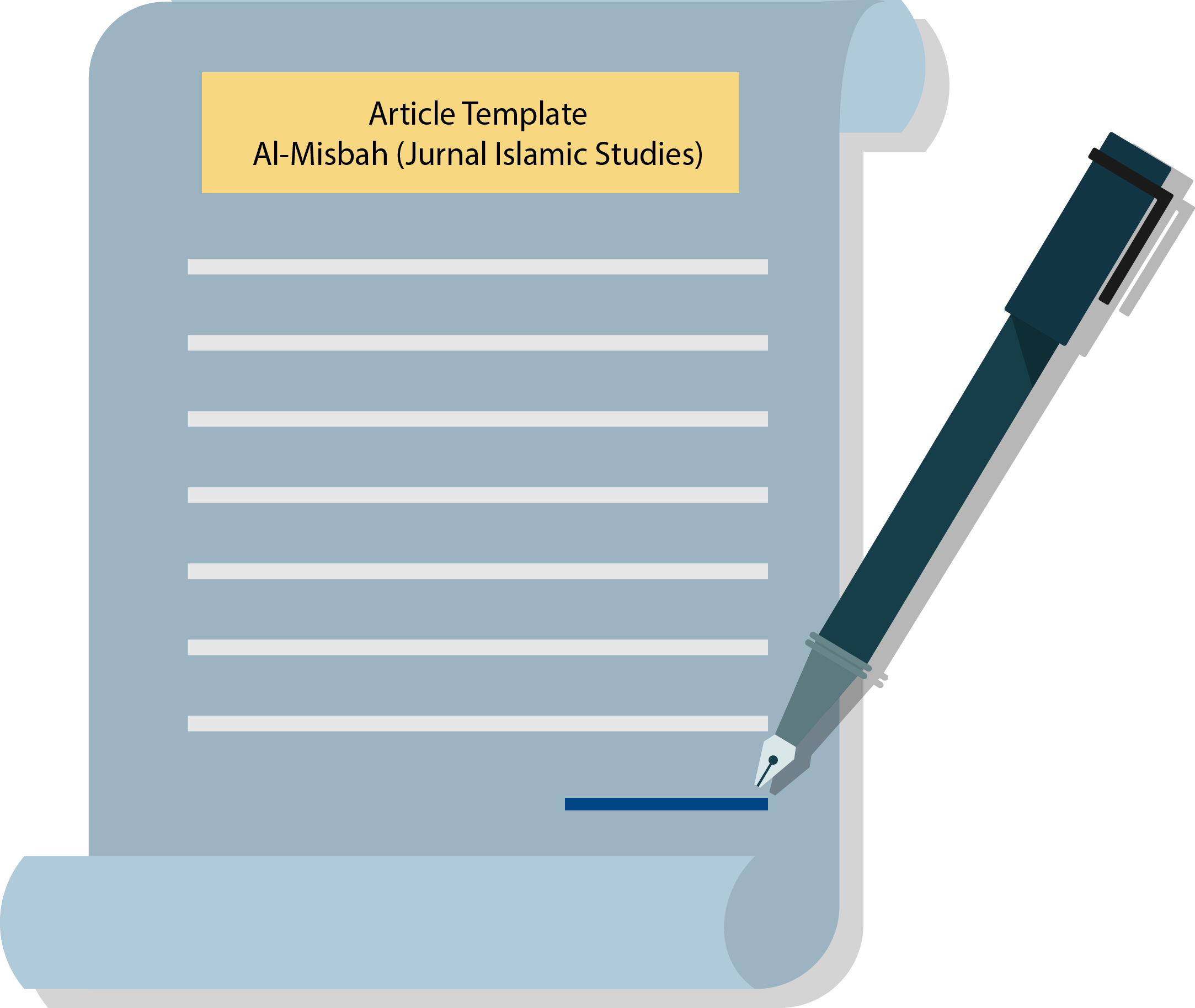Patriarchal gender relation in Mahfuzh’s Yauma Qutila Az-Zaʻīm
Abstract
This study aims to examine gender relations in Najib Mahfuz's work Yauma Qutila Az-Za’im. A descriptive qualitative method is employed, with the analysis contextualised within the socio-historical background of the novel and supported by insights from scholars on Arab society, notably Hisyam Syarabi and Halim Barakat. The findings reveal that the gender relations depicted in the novel deviate from traditional patterns typically found in a patriarchal society. Mahfuz portrays a more democratic model of gender relations, where the head of the family no longer holds the central role in decision-making. From a neopatriarchal perspective, this reflects the evolving nature of patriarchal gender relations in modern Arab society. Nevertheless, patriarchal values persist within the gender dynamics of the novel, manifesting through stereotypes and assumptions that influence the characters' decisions.
Downloads
Published
Issue
Section
License
Copyright (c) 2024 Bayu Satria, Yusroh Yusroh

This work is licensed under a Creative Commons Attribution-ShareAlike 4.0 International License.
Authors who publish with Islam in world perspectives agree to the following terms:
- Authors retain copyright and grant the journal right of first publication with the work simultaneously licensed under a Creative Commons Attribution License (CC BY-SA 4.0) that allows others to share the work with an acknowledgment of the work's authorship and initial publication in this journal.
- Authors are able to enter into separate, additional contractual arrangements for the non-exclusive distribution of the journal's published version of the work (e.g., post it to an institutional repository or publish it in a book), with an acknowledgment of its initial publication in this journal.
- Authors are permitted and encouraged to post their work online (e.g., in institutional repositories or on their website) prior to and during the submission process, as it can lead to productive exchanges, as well as earlier and greater citation of published work.

This work is licensed under a Creative Commons Attribution-ShareAlike 4.0 International License.



